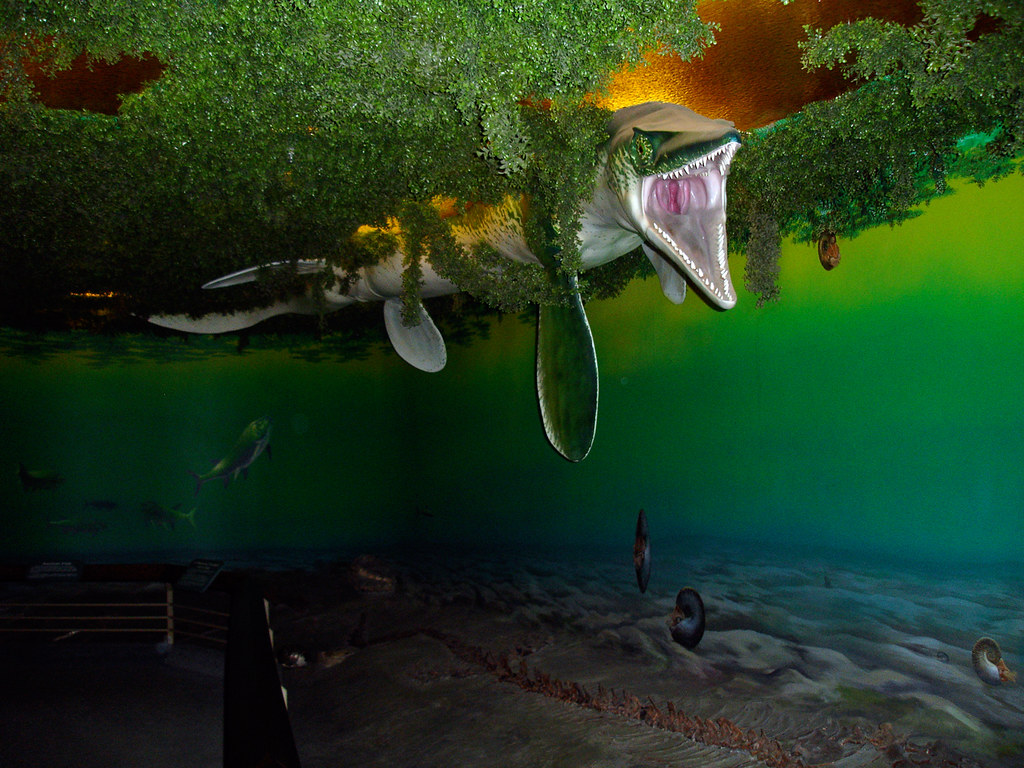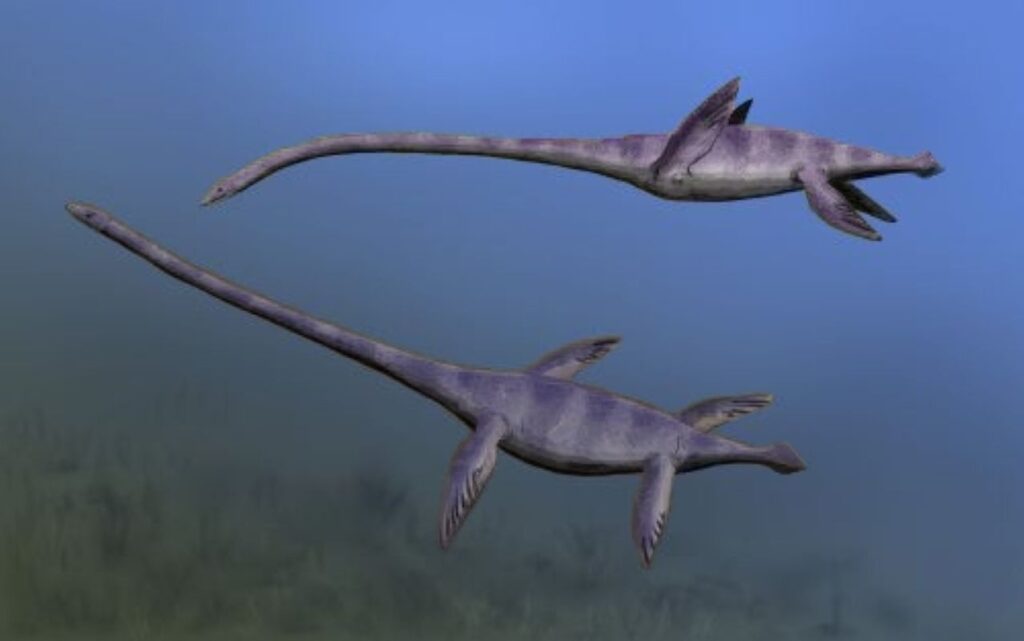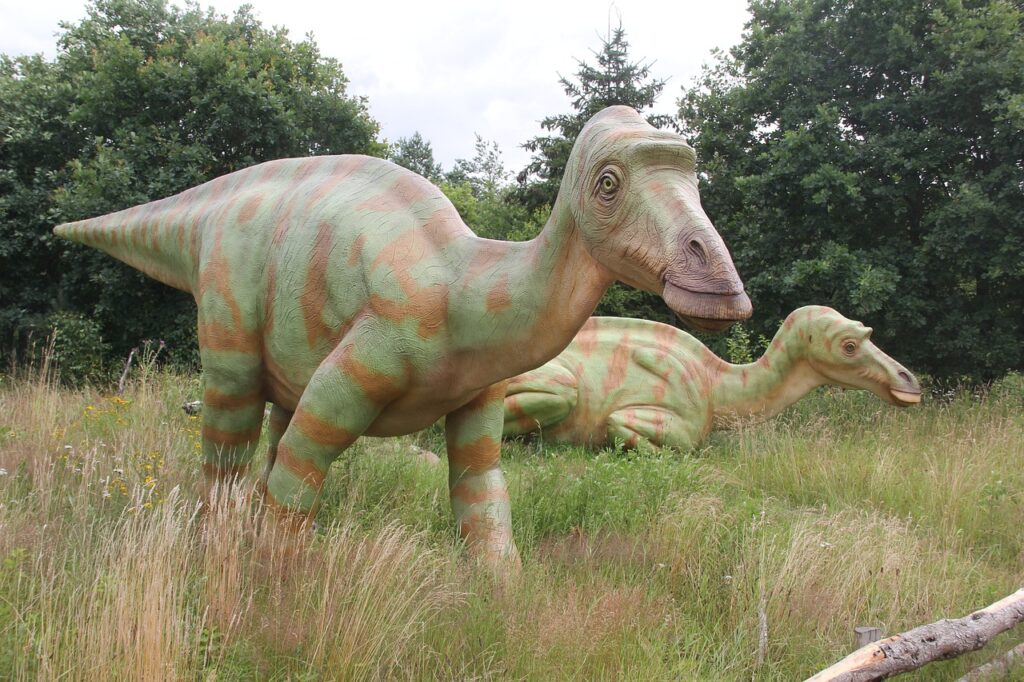Picture this: you’re standing in front of a modern military tank, feeling dwarfed by its massive steel frame and intimidating presence. Now imagine creatures that once roamed our planet with similar bulk and power, but instead of metal armor, they wielded bone, scales, and raw prehistoric might. These weren’t your average lizards basking on rocks – these were living fortresses that could have given today’s heaviest armored vehicles a run for their money.
Long before humans ever dreamed of mechanized warfare, Earth was home to reptilian giants that defied imagination. Some weighed as much as multiple elephants combined, while others stretched longer than city buses. Their sheer mass alone could crush most obstacles in their path, making them the ultimate biological tanks of their respective eras.
The Era of Giants: When Size Ruled the Earth
The age of massive reptiles wasn’t just a random quirk of evolution – it was a carefully orchestrated response to environmental conditions that favored gigantism. During various periods in Earth’s history, higher oxygen levels, abundant food sources, and specific climate patterns created the perfect storm for reptiles to grow to unprecedented sizes.
These colossal creatures didn’t just happen overnight. They evolved over millions of years, with each generation pushing the boundaries of what was physically possible for a living organism. The largest among them developed sophisticated circulatory systems, reinforced skeletal structures, and metabolic adaptations that allowed them to sustain their incredible bulk.
What’s truly mind-blowing is that some of these ancient giants achieved their massive size through completely different evolutionary pathways, yet they all shared one common trait: they were virtually unstoppable forces of nature that dominated their ecosystems with their sheer physical presence.
Argentinosaurus: The Ultimate Heavyweight Champion
Meet Argentinosaurus, a sauropod dinosaur that makes modern blue whales look like minnows when it comes to land-dwelling giants. This South American behemoth could reach lengths of up to 100 feet and weighed an estimated 70 to 100 tons – roughly equivalent to 12 to 17 African elephants or a fully loaded M1 Abrams tank.
Imagine trying to stop something that massive moving at even a modest walking pace. Its legs were like living pillars, each step creating tremors that could be felt from miles away. The creature’s neck alone was longer than most dinosaurs’ entire bodies, allowing it to strip vegetation from treetops while its body remained safely on the ground.
What made Argentinosaurus even more tank-like was its virtually impenetrable defense system. Its sheer size meant that very few predators could even consider attacking a healthy adult, and those brave enough to try would face the devastating power of a tail that could swat away threats like annoying flies.
Dreadnoughtus: The Fearless Titan
The name says it all – Dreadnoughtus literally means “fearing nothing,” and this massive sauropod lived up to its intimidating moniker. Discovered in Argentina, this prehistoric giant weighed approximately 65 tons and measured around 85 feet in length, making it one of the most complete super-massive dinosaur specimens ever found.
What set Dreadnoughtus apart wasn’t just its size, but its remarkable bone density and structural engineering. Its limb bones were incredibly thick and robust, designed to support weight that would crush most modern buildings. The creature’s vertebrae featured complex air-filled chambers that reduced weight while maintaining strength – nature’s answer to modern composite armor.
Scientists believe Dreadnoughtus continued growing throughout its life, meaning the largest individuals might have reached even more staggering proportions. Picture a creature so massive that it could walk through a forest and accidentally knock down trees simply by brushing against them, completely reshaping landscapes with its mere presence.
Paralititan: The Tidal Giant
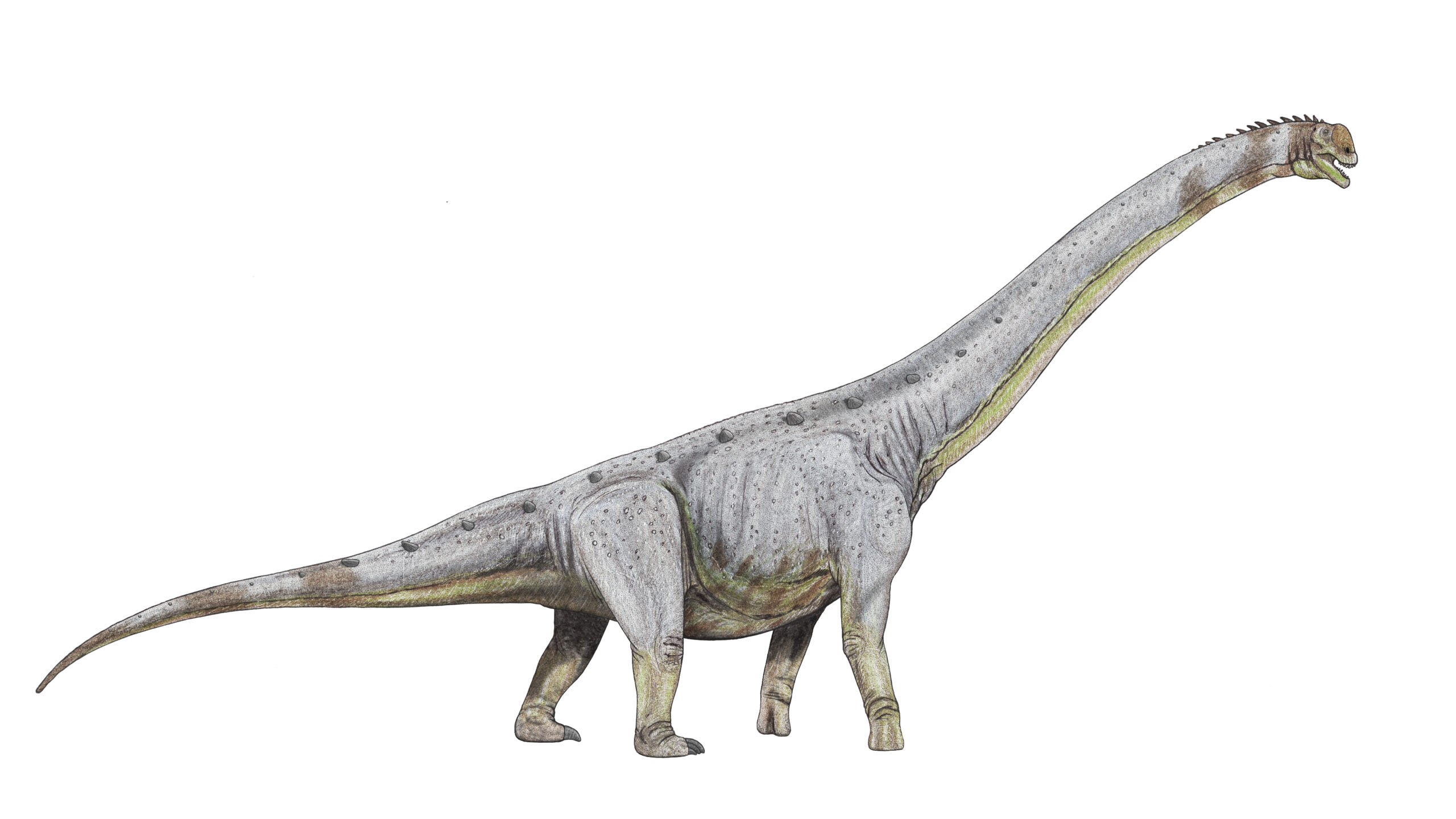
Paralititan earned its name as the “tidal giant” because its fossils were discovered in ancient tidal flat deposits in Egypt. This massive sauropod lived during the middle Cretaceous period and could reach lengths of up to 80 feet while weighing between 50 to 80 tons – putting it firmly in tank territory for sheer bulk.
What makes Paralititan particularly fascinating is its adaptation to coastal environments. Unlike many of its landlocked relatives, this giant lived near ancient shorelines and may have waded through shallow waters, using its incredible bulk to navigate areas that would be impossible for smaller creatures.
The creature’s fossilized remains suggest it had an incredibly robust build, with limb bones that were proportionally thicker than those of many other sauropods. This extra reinforcement was necessary to support its massive frame while navigating the challenging terrain of ancient tidal flats and coastal regions.
Puertasaurus: The Southern Colossus
Puertasaurus represents one of the most extreme examples of dinosaur gigantism ever discovered. Based on the limited but spectacular fossil evidence found in Argentina, this titanosaur may have reached lengths of 95 to 115 feet and weighed between 80 to 100 tons – rivaling even Argentinosaurus for the title of heaviest land animal ever.
The most striking feature of Puertasaurus was its absolutely massive vertebrae. A single neck vertebra measured over four feet in width, suggesting a creature with proportions that challenged the very limits of what’s physically possible for a terrestrial animal. These bones were so large that early paleontologists initially mistook them for belonging to multiple different dinosaurs.
What truly boggles the mind is imagining this creature in motion. Its footsteps would have created craters in the ground, and its passage would have been audible from incredible distances. Like a living earthquake, Puertasaurus would have announced its presence long before anyone could actually see it approaching.
Amphicoelias: The Disputed Giant
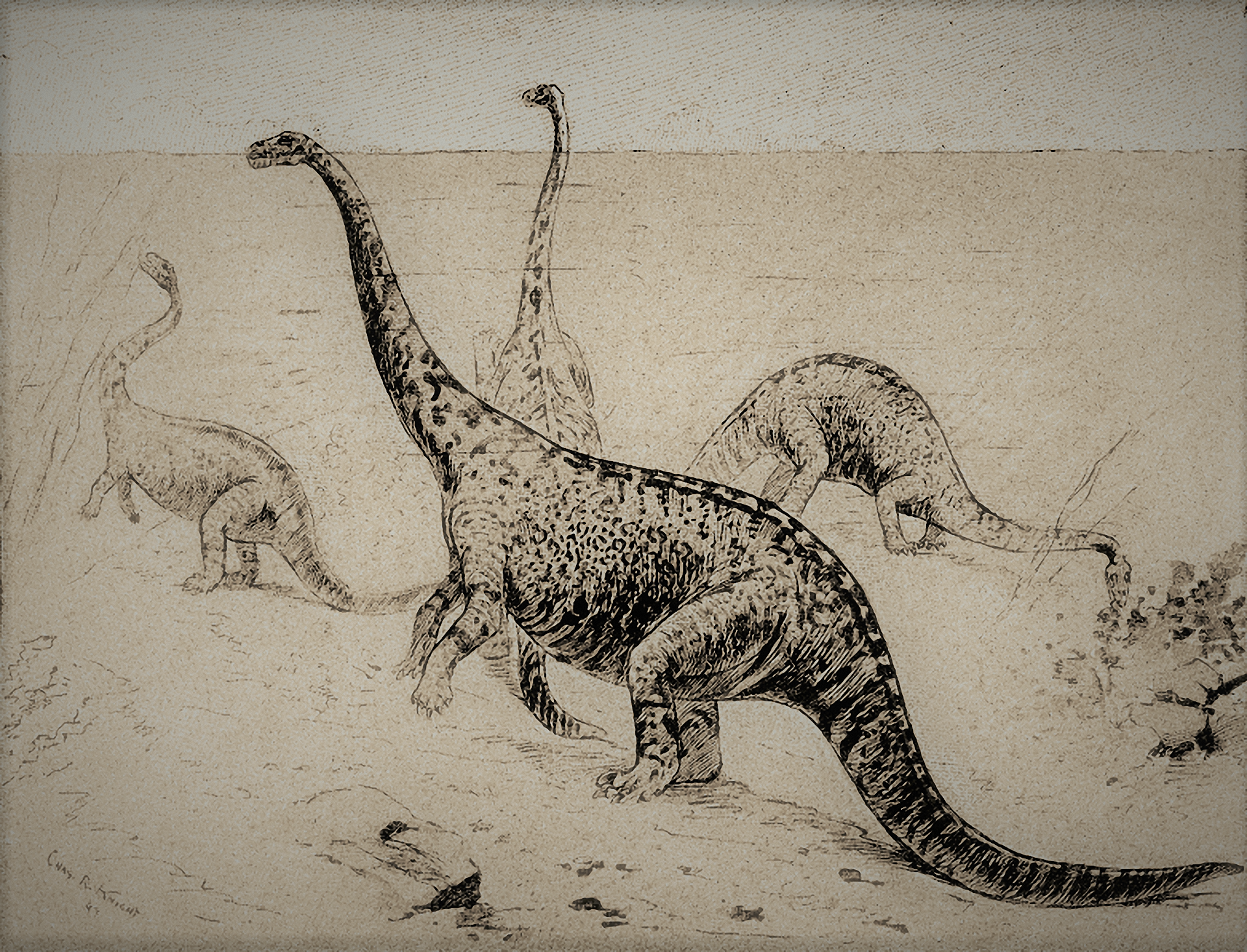
Amphicoelias fragillimus represents one of paleontology’s greatest mysteries and controversies. If the original size estimates are accurate, this sauropod could have reached lengths of up to 190 feet and weighed over 120 tons – making it potentially the largest land animal that ever existed.
The problem with Amphicoelias is that the original fossil evidence was lost over a century ago, leaving scientists to debate whether the initial measurements were accurate or exaggerated. Some researchers argue that the creature was misidentified or that the bones belonged to multiple animals, while others maintain that such massive sizes were indeed possible.
Whether or not Amphicoelias was truly as large as originally claimed, the mere possibility that such a creature existed pushes our understanding of biological limits to the extreme. A 120-ton animal would have been like a moving mountain, reshaping entire ecosystems simply by existing within them.
The Physics of Prehistoric Bulk
Supporting such massive bodies required evolutionary innovations that seem almost impossible by modern standards. These giant reptiles developed hollow bones filled with air sacs, similar to modern birds but on a much larger scale. This adaptation reduced weight while maintaining structural integrity – imagine a skyscraper built with the strength of steel but the weight of aluminum.
Their cardiovascular systems were marvels of biological engineering. Hearts the size of small cars pumped blood through circulatory networks that would make modern plumbing systems look simple by comparison. Blood pressure had to be carefully regulated to prevent the animals from passing out when they lifted their heads or stood up.
The digestive systems of these giants were like industrial processing plants, capable of breaking down hundreds of pounds of vegetation daily. Their massive guts contained complex bacterial ecosystems that helped ferment plant matter, essentially turning these creatures into walking biogas facilities that could extract maximum nutrition from relatively low-quality food sources.
Defensive Capabilities Beyond Size
While their massive bulk was their primary defense mechanism, these ancient giants possessed other tank-like qualities that made them nearly invulnerable. Many species developed thick, armor-like skin that could deflect the teeth and claws of even the largest predators. Some had osteoderms – bony plates embedded in their skin that provided additional protection.
Their tails functioned like massive clubs or whips, capable of delivering devastating blows to any creature foolish enough to attack. Computer simulations suggest that a tail strike from some of these giants could generate forces equivalent to being hit by a speeding truck.
Perhaps most importantly, these creatures often traveled in herds, creating mobile fortresses of living flesh and bone that few predators would dare to challenge. The combined weight of even a small herd could exceed that of an entire modern military battalion, making them virtually unstoppable when they decided to move through an area.
Comparing Ancient Giants to Modern Tanks
When we compare these prehistoric titans to modern military vehicles, the similarities are striking. An M1 Abrams tank weighs about 70 tons – right in the weight range of many large sauropods. However, while tanks are designed for warfare, these ancient reptiles were optimized for a different kind of dominance: ecological supremacy.
Unlike tanks, which require fuel, maintenance, and human operators, these biological behemoths were self-sustaining, self-repairing, and capable of reproducing. They could navigate terrain that would stop most vehicles, cross rivers, and climb hills that would challenge even the most advanced military equipment.
The key difference lies in their purpose. While tanks are built to destroy, these ancient giants were built to survive and thrive. Their “armor” was living tissue that could heal from damage, their “engines” were biological systems that could run for decades without maintenance, and their “weapons” were primarily defensive rather than offensive.
The Ecosystem Impact of Living Tanks
These massive reptiles didn’t just exist in their ecosystems – they actively shaped and transformed them. Their feeding habits created clearings in forests, their movements carved pathways through landscapes, and their waste fertilized vast areas of terrain. They were living bulldozers that constantly redesigned their environments.
The presence of such massive herbivores had cascading effects throughout entire food webs. They created opportunities for smaller animals by opening up dense vegetation, provided carrion for scavengers when they died, and their dung supported countless insects and decomposers. In many ways, they were keystone species whose influence extended far beyond their immediate feeding areas.
Their seasonal migrations would have been spectacles beyond imagination – imagine hundreds of creatures, each weighing as much as a tank, moving across continents in search of food and suitable nesting sites. The ground would have shaken for miles around, and the sound would have been like continuous thunder rolling across the landscape.
What Killed the Giants?

The extinction of these massive reptiles wasn’t due to any single catastrophic event, but rather a combination of factors that made their enormous size a liability rather than an advantage. Climate change reduced the abundance of vegetation they needed to sustain their massive appetites, while environmental disruptions made their specialized lifestyles unsustainable.
The asteroid impact that ended the Cretaceous Period was particularly devastating for large animals. Creatures that required hundreds of pounds of food daily couldn’t survive in the drastically altered post-impact environment where plant life was severely reduced. Smaller animals with lower metabolic demands had better survival odds in these harsh conditions.
Interestingly, the extinction of these giants opened up ecological niches that were eventually filled by mammals, which took a completely different evolutionary approach to achieving large size. However, no land animal has ever again reached the massive proportions of the largest dinosaurs, suggesting that their size represented a unique evolutionary experiment that may never be repeated.
Modern Implications and Scientific Value
Studying these ancient giants provides crucial insights into the limits of biological possibility and the factors that influence animal size evolution. Their fossilized remains offer clues about ancient climates, ecosystems, and the Earth’s capacity to support massive life forms.
Modern engineering increasingly looks to these prehistoric titans for inspiration. Their bone structure, joint design, and weight distribution systems inform everything from skyscraper construction to robotics development. Nature spent millions of years perfecting these designs, and we’re still learning from their innovations.
The discovery and study of these creatures also highlights the importance of paleontological research and fossil preservation. Each new find adds pieces to the puzzle of Earth’s biological history and helps us understand how life responds to environmental changes – knowledge that becomes increasingly valuable as we face modern climate challenges.
The Legacy of Prehistoric Power
These ancient reptilian tanks represent the pinnacle of terrestrial gigantism – a testament to evolution’s ability to push biological systems to their absolute limits. They dominated their world not through aggression or intelligence, but through sheer, overwhelming physical presence that made them nearly invincible.
Their legacy lives on in every museum skeleton that inspires wonder, every scientific paper that expands our understanding of prehistoric life, and every engineering innovation inspired by their remarkable adaptations. They remind us that our planet was once home to creatures so magnificent and powerful that they seem almost mythological by today’s standards.
The fact that such incredible creatures once walked the Earth serves as a humbling reminder of the dynamic nature of life on our planet. What seems impossible today – animals weighing as much as military vehicles – was once a common sight in prehistoric landscapes, proving that evolution’s capacity for innovation knows no bounds.
In a world where the largest land animals are elephants and giraffes, it’s almost impossible to imagine the reality of 100-ton reptiles casually browsing through ancient forests. Yet the fossil evidence is undeniable – these biological tanks once ruled the Earth with their incredible bulk, leaving us to wonder what other impossible creatures might emerge from future evolutionary experiments. What would you have done if you’d encountered one of these living fortresses in their prime?


